KiwiDaConure97
New member
- Nov 19, 2017
- 62
- 0
Hey, my Conure Kiwi looks like he's feather plucking, but I didn't know if he was feather plucking or not. I went online and did research, it seems like he's just molting and he sometimes will pull some feathers out by accident or that's just part of his preening activities. Anyways, I decided I would hit up the forums to confirm if he is molting or if he is feather plucking.
To give you as much information to work with I'll tell you everything about him with the situation.
He's a 5 month old yellow-sided green cheek conure. He preens a lot and hates being in his cage a lot, but his feathers fall out outside of the cage too. We give him lots of attention when he wants it and leave him alone when he's had enough.
I will give you 5 pictures I took of him so you can observe to see his feathers, also he has little barb looking things sticking out of his head and body which are growing into feathers as I can see. I constantly moniter his behavior everyday aswell.
https://ibb.co/mGKZ7m
https://ibb.co/c9L7Sm
https://ibb.co/fWiSSm
https://ibb.co/gvedYR
https://ibb.co/b3zdYR
Thank you for the time and if the links do not work then I will edit this thread so they do. Have a very birdy day
To give you as much information to work with I'll tell you everything about him with the situation.
He's a 5 month old yellow-sided green cheek conure. He preens a lot and hates being in his cage a lot, but his feathers fall out outside of the cage too. We give him lots of attention when he wants it and leave him alone when he's had enough.
I will give you 5 pictures I took of him so you can observe to see his feathers, also he has little barb looking things sticking out of his head and body which are growing into feathers as I can see. I constantly moniter his behavior everyday aswell.
https://ibb.co/mGKZ7m
https://ibb.co/c9L7Sm
https://ibb.co/fWiSSm
https://ibb.co/gvedYR
https://ibb.co/b3zdYR
Thank you for the time and if the links do not work then I will edit this thread so they do. Have a very birdy day

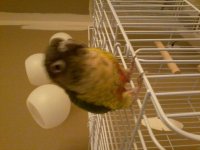
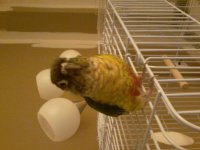
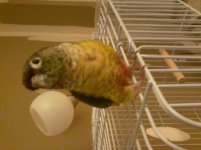
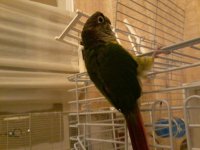
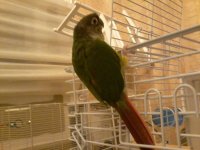



 :red:
:red: